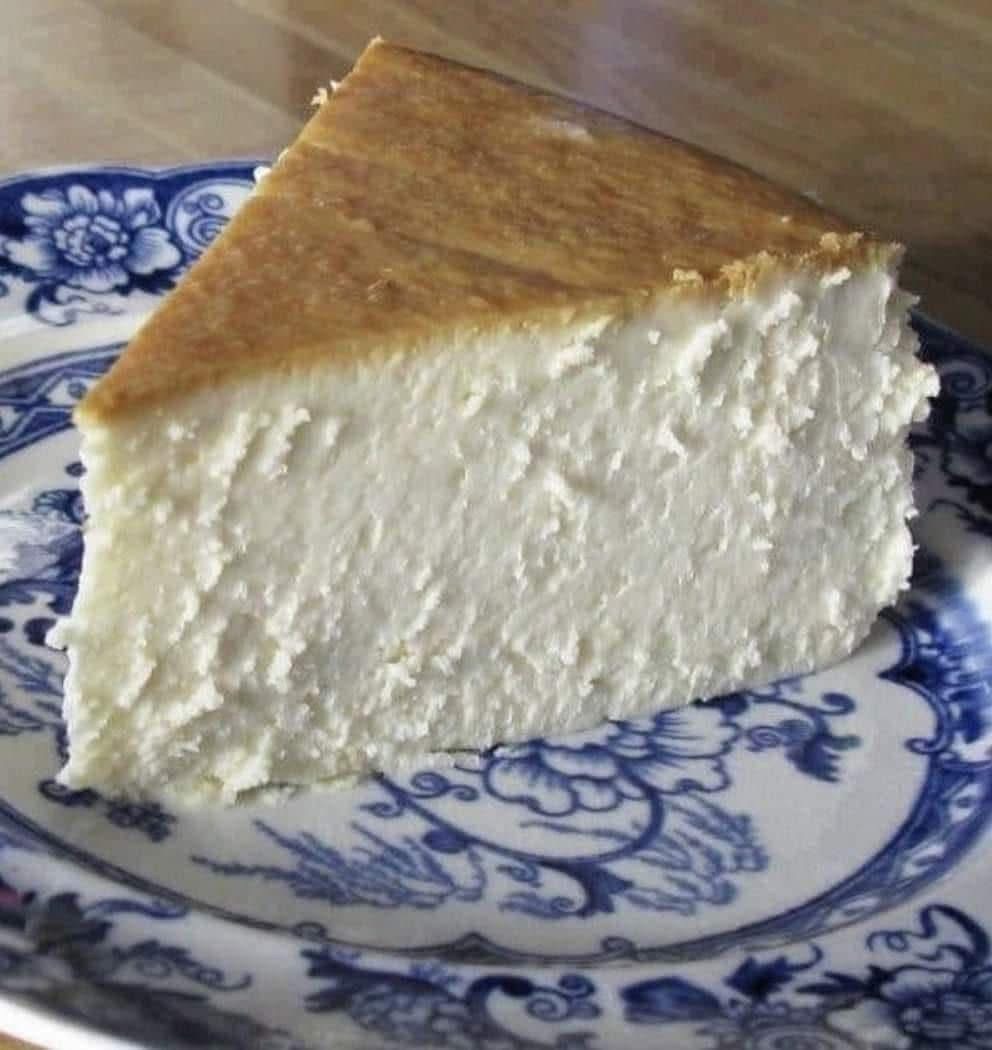Of course. Here is a detailed, classic New York Cheesecake recipe. This is a rich, dense, and creamy cheesecake with a firm texture and a slight tang, exactly as it should be.
The Ultimate New York Cheesecake
This recipe uses a traditional water bath and careful mixing to achieve a perfectly smooth, crack-free top. Plan ahead, as this cake requires several hours of cooling and chilling.
Why This Recipe Works:
· Room Temperature Ingredients: This is non-negotiable. It ensures a smooth, lump-free batter without overmixing.
· Water Bath: Baking the springform pan in a water bath creates a steamy environment, which cooks the cheesecake gently and evenly, preventing cracks and a rubbery texture.
· Minimal Mixing: Once the eggs are added, mix only until just incorporated. Overmixing incorporates too much air, which can cause the cheesecake to puff up and then fall, leading to cracks.
· Cooling Gradually: Letting the cheesecake cool gradually in the turned-off oven prevents sudden temperature changes, which are the primary cause of cracking.
Ingredients:
For the Crust:
· 1 ½ cups (150g) graham cracker crumbs (about 10-12 full sheets)
· ¼ cup (50g) granulated sugar
· 6 tbsp (85g) unsalted butter, melted
· Pinch of salt
For the Filling:
· 4 (8-ounce) blocks (904g) full-fat cream cheese, room temperature
· 1 ½ cups (300g) granulated sugar
· ½ cup (120ml) sour cream, room temperature
· 2 tsp vanilla extract
· 2 tsp fresh lemon juice
· 3 large eggs, room temperature
· ⅓ cup (45g) all-purpose flour (for structure)
Equipment Needed:
· 9-inch springform pan
· Heavy-duty aluminum foil
· Roasting pan or large baking dish (for the water bath)
Instructions:
- Prep the Pan and Oven:
· Preheat oven to 350°F (175°C).
· Wrap the outside of your springform pan tightly with a double layer of heavy-duty aluminum foil. This is crucial to prevent water from the bath leaking into the pan.
· Stir together the graham cracker crumbs, sugar, and melted butter until the mixture resembles wet sand.
· Press the mixture firmly and evenly into the bottom and about 1 inch up the sides of the prepared springform pan. Use a flat-bottomed cup to press it down firmly.
· Bake the crust for 10 minutes. Remove and set aside. Reduce oven temperature to 325°F (160°C).
- Make the Filling:
· In the bowl of a stand mixer fitted with a paddle attachment (or using a hand mixer), beat the room temperature cream cheese on medium-low speed until it is completely smooth and creamy (about 3-4 minutes). Scrape down the bowl and beater frequently.
· Gradually add the sugar and beat until fully combined, scraping down the bowl.
· Beat in the sour cream, vanilla extract, and lemon juice.
· Add the eggs one at a time, beating on low speed just until each egg is incorporated before adding the next. Do not overmix after adding the eggs. This is the key to preventing cracks.
· Finally, gently fold in the flour until just combined.
- Prepare the Water Bath & Bake:
· Pour the filling into the cooled crust.
· Place the foil-wrapped springform pan into a large roasting pan. Carefully pour hot water into the roasting pan until it comes about halfway up the sides of the springform pan.
· Carefully transfer the entire setup to the oven. Bake for 1 hour 15 minutes to 1 hour 30 minutes. The cake is done when the edges are set but the center still has a slight jiggle (like Jell-O) when you gently shake the pan. It will firm up as it cools.
- The Crucial Cooling Process:
· Turn off the oven. Crack the oven door open with a wooden spoon and let the cheesecake cool inside the oven for 1 hour. This gradual temperature change is the best defense against cracking.
· After 1 hour, remove the cheesecake from the water bath, take off the foil, and place it on a wire rack to cool completely to room temperature (about another 2 hours).
· Once completely cool, cover the pan with plastic wrap and refrigerate for at least 8 hours, or preferably 24 hours. This waiting period is essential for the flavors to develop and the texture to become perfectly firm and sliceable.
- Serve:
· Run a thin knife or offset spatula around the edge of the cheesecake to loosen it from the pan before unclipping the springform ring.
· Slice with a sharp, thin knife dipped in hot water and wiped dry between each cut for clean slices.
· Serve plain, or with a simple berry topping, whipped cream, or fresh fruit.
Chef’s Notes & Tips:
· Room Temperature is KEY: Take the cream cheese, sour cream, and eggs out of the fridge 2-3 hours before you start. This is the single most important step for a smooth batter.
· Preventing Cracks: The water bath and gradual cooling are your best tools. Even if a small crack appears, it will be covered by topping, and the taste will still be phenomenal.
· Don’t Overbake: The cheesecake will continue to cook from residual heat. You want the center to be slightly wobbly when you take it out.
· High Altitude Adjustment: If you live at a high altitude, increase the oven temperature to 350°F and reduce the baking time by 5-10 minutes. The higher temperature helps set the structure faster.
· Flavor Variations:
· Chocolate Swirl: Melt 4 oz of semi-sweet chocolate and drizzle over the filled crust. Use a knife to swirl it into the batter before baking.
· Lemon: Add the zest of two lemons to the batter along with the vanilla.
· Turtle Cheesecake: Top the cooled cheesecake with caramel sauce, chocolate ganache, and toasted pecans.
Enjoy a slice of pure, classic New York perfection
